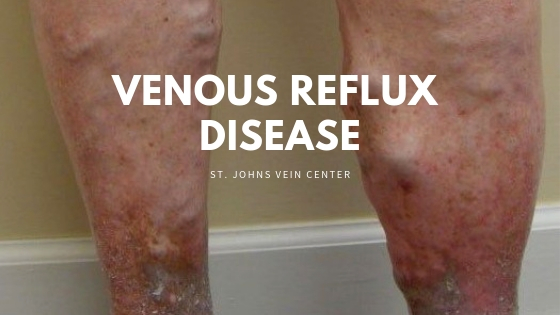Venous reflux disease is a progressive medical condition and if left untreated may worsen over time and develop into a more serious form of venous disease called chronic venous insufficiency (CVI).
Venous reflux disease, also known as chronic venous insufficiency (CVI), is a medical condition affecting the circulation of blood in the lower extremities. The tiny valves that usually push blood upwards towards the heart begin to malfunction, causing blood to gather and pool up in the legs. This causes the veins of the legs to become distended.
Venous reflux disease commonly produces varicose veins, these are abnormally swollen and discolored superficial leg veins. Varicose veins can range from small, thin purple lines just under the skin (known as “spider veins”) to thick, bulging veins that can protrude well beyond the skin surface. Varicose veins serve as indicators of venous reflux, a progressive disease that can cause significant circulatory problems as the problem worsens.
Risk Factors:
- Age 40+
- Family History
- Heavy Lifting
- Multiple Pregnancies
- Obesity
- Prolonged Standing
Signs and Symptoms:
- Varicose Veins
- Leg or ankle swelling
- Leg heaviness and fatigue
- Leg pain, aching, or cramping
- Burning or itching of the skin
- Restless legs
- Skin changes or rashes
- Ulcers, open wounds, or sores
Intervention:
The surgical treatment of varicose veins may be necessary when persistent symptoms interfere with daily living in spite of non-surgical management or conservative methods such as compression stockings are not effective.




